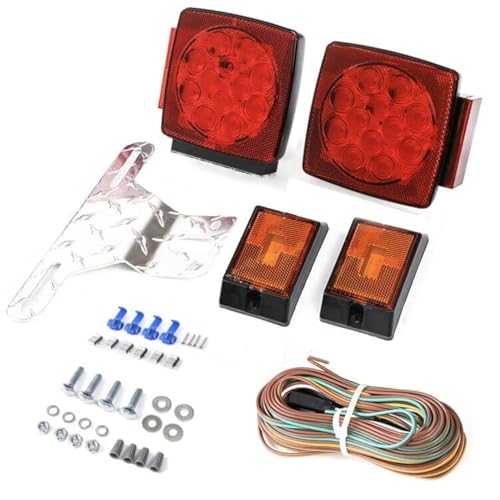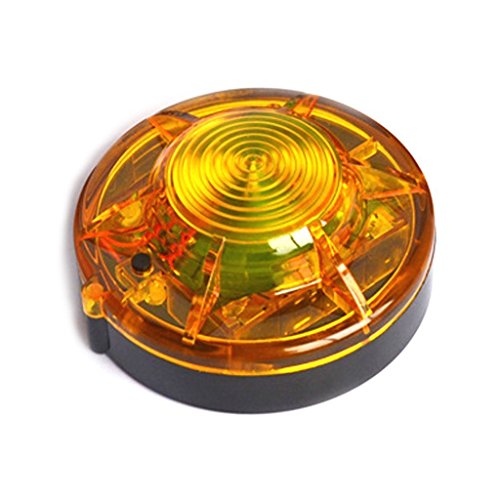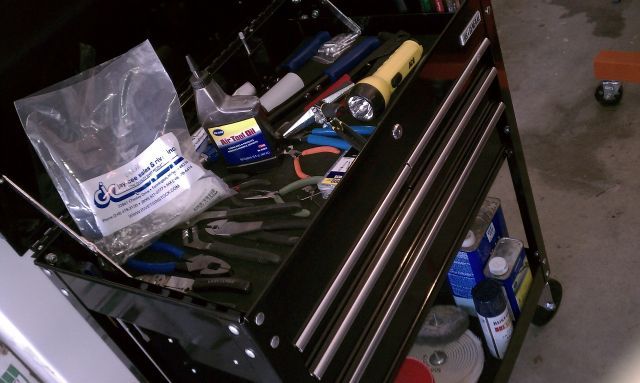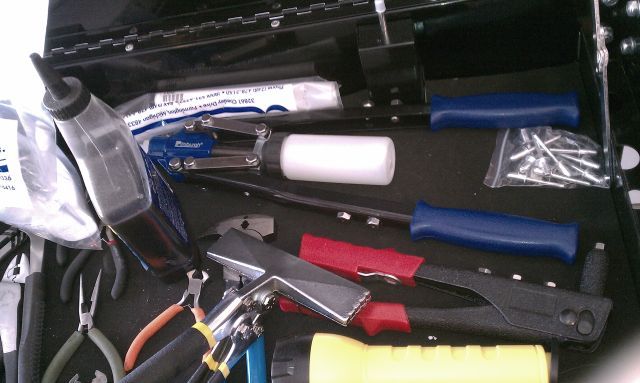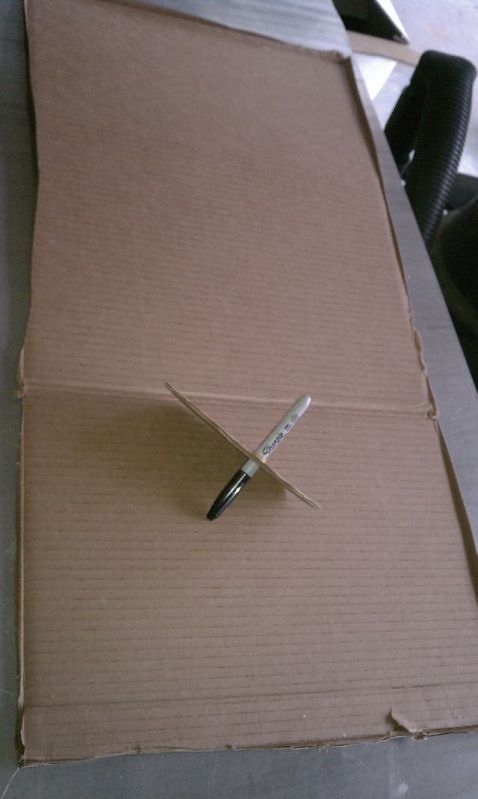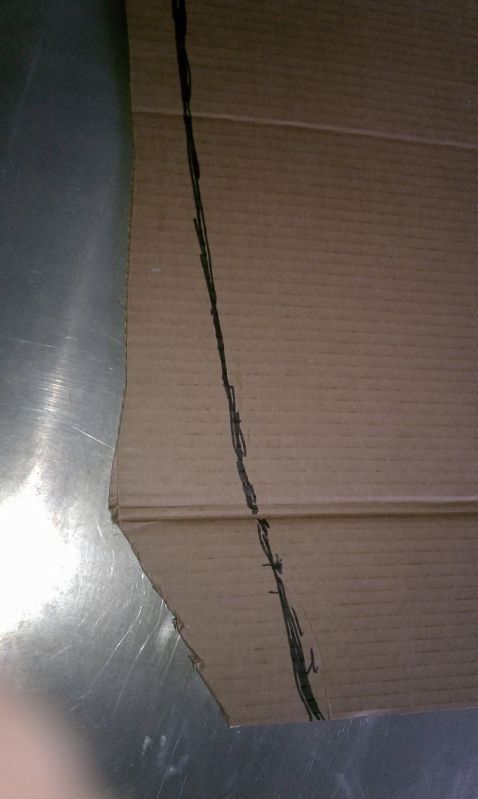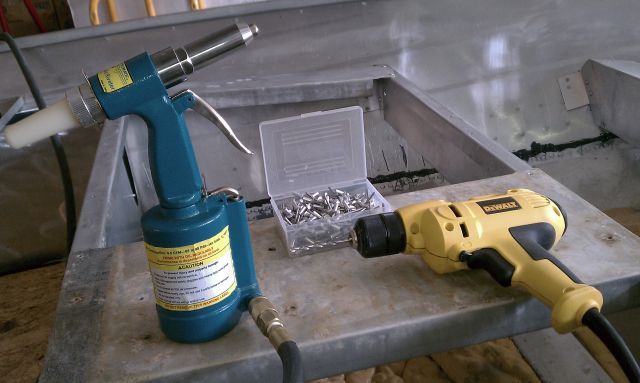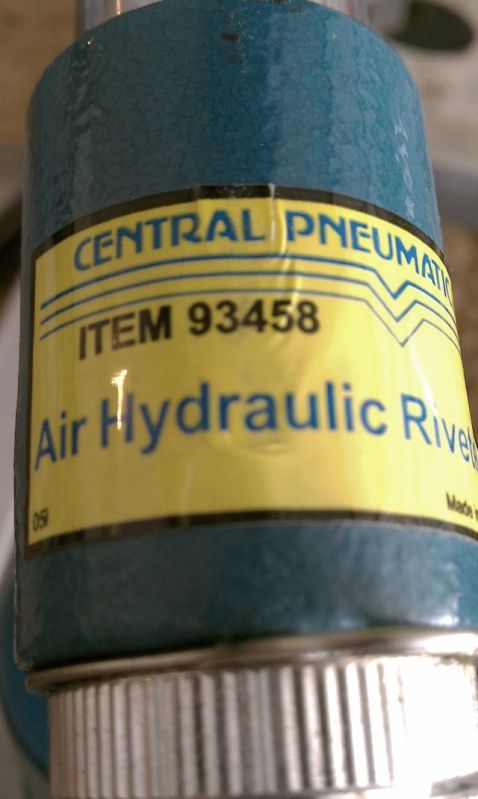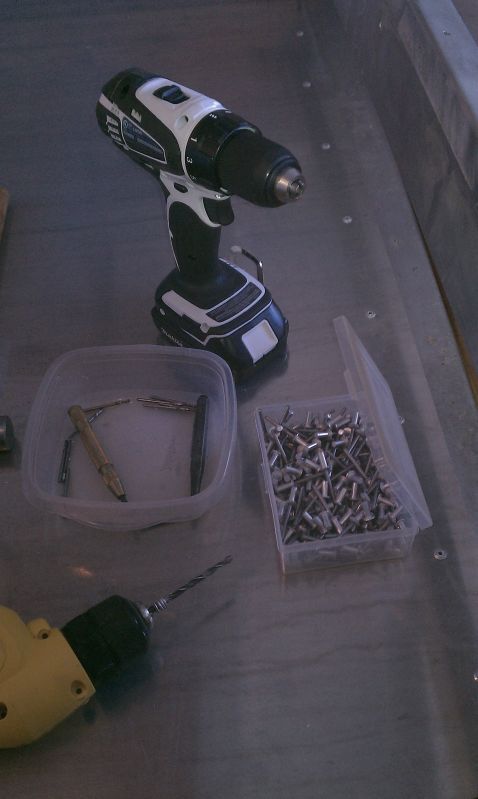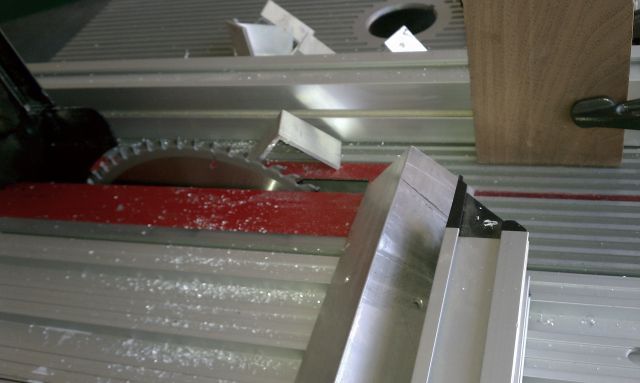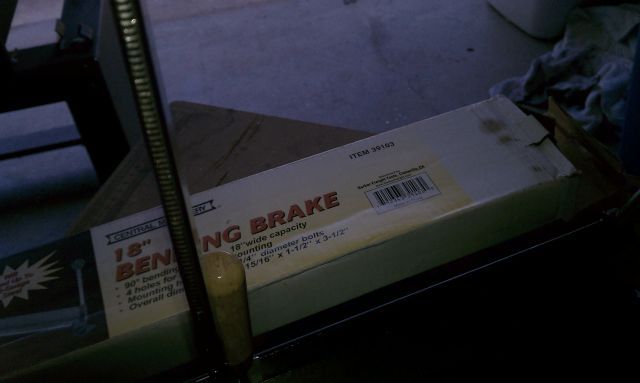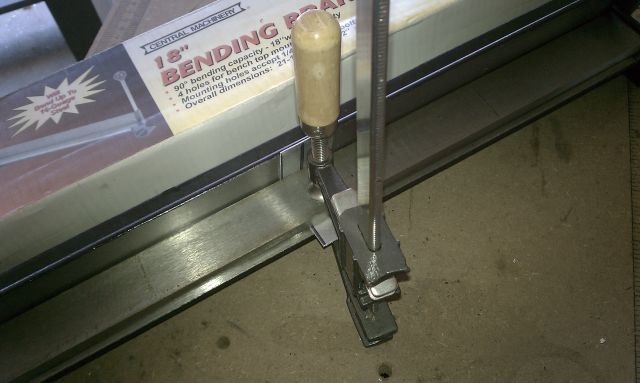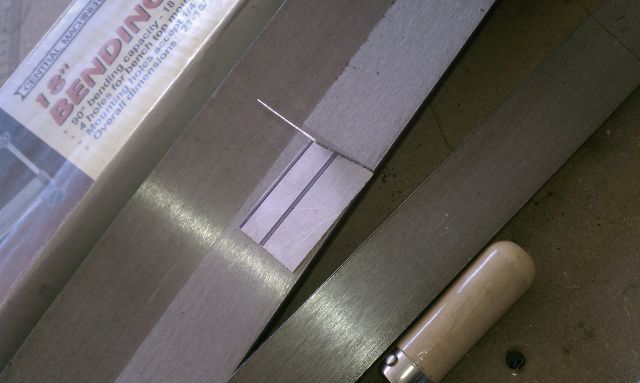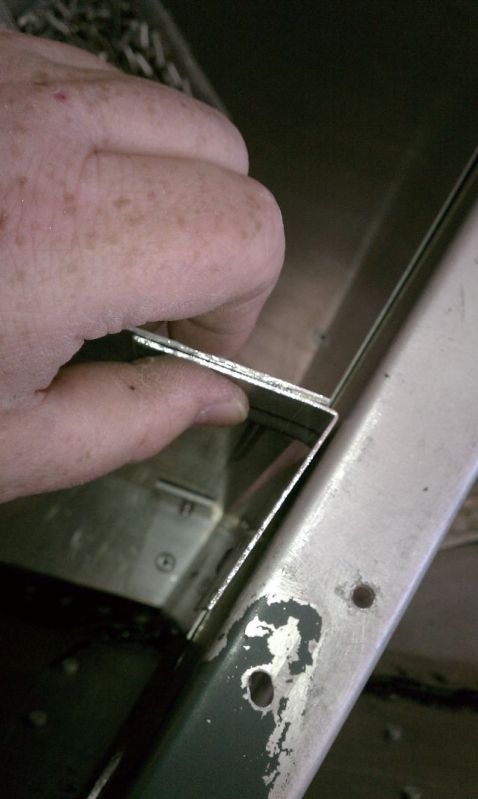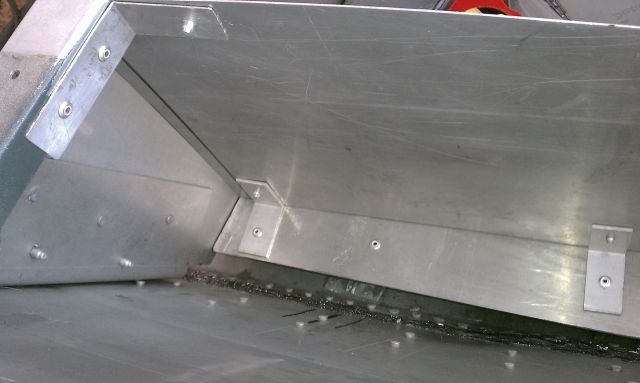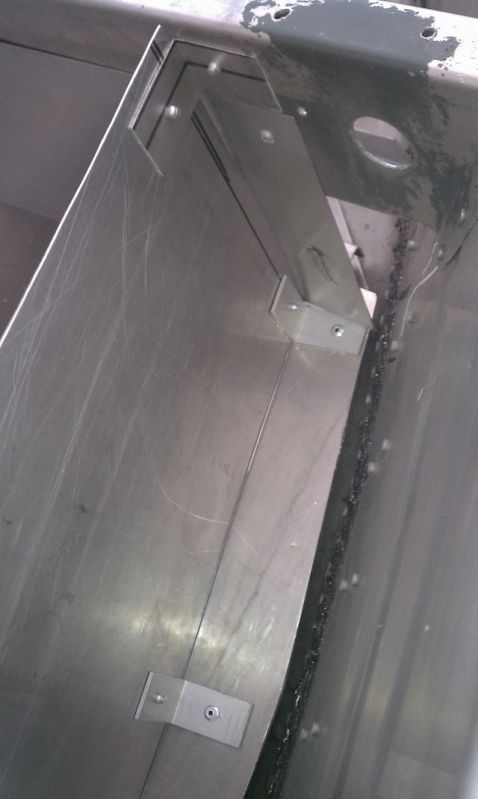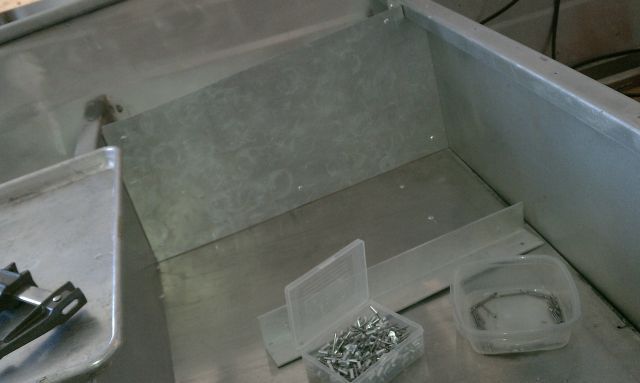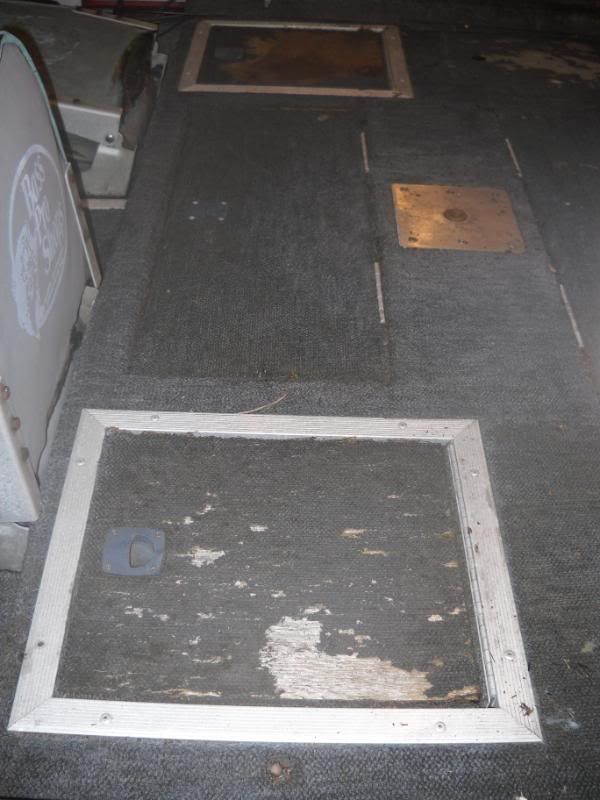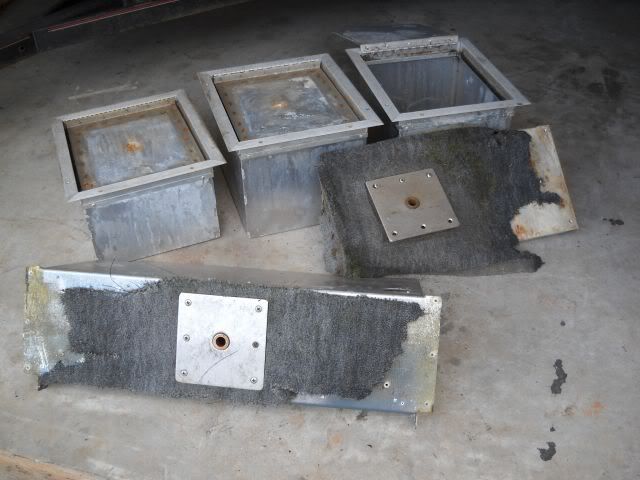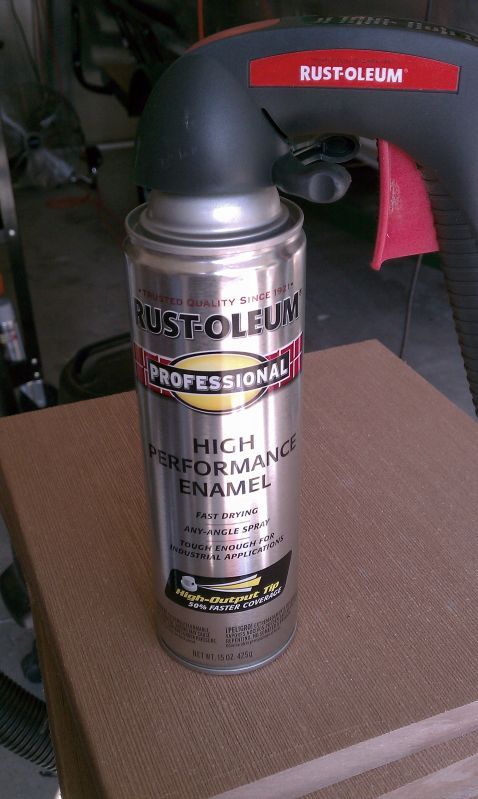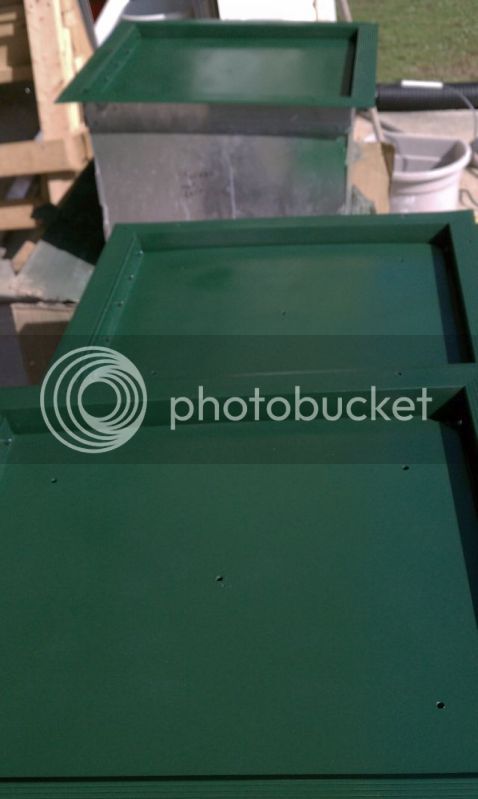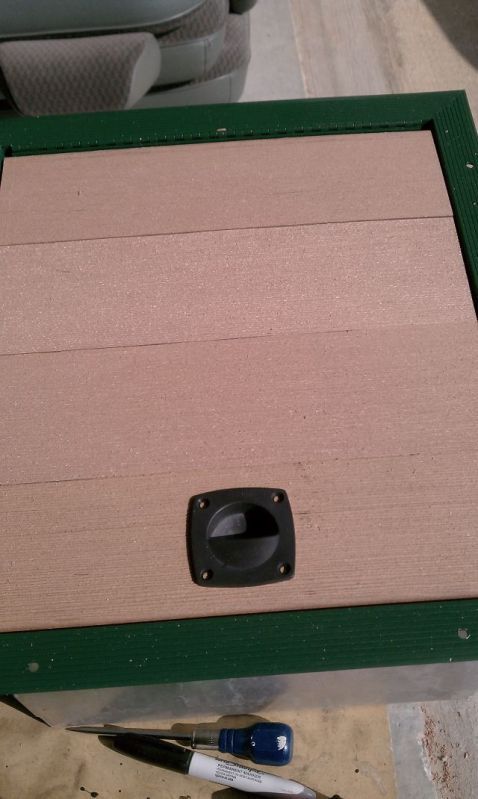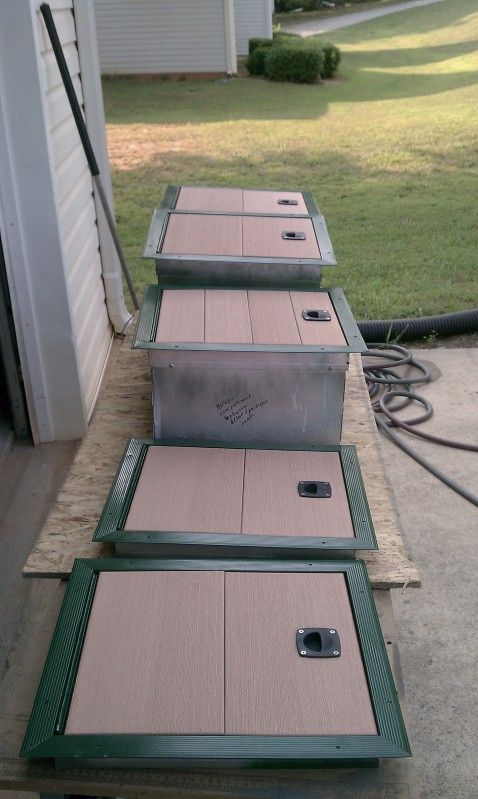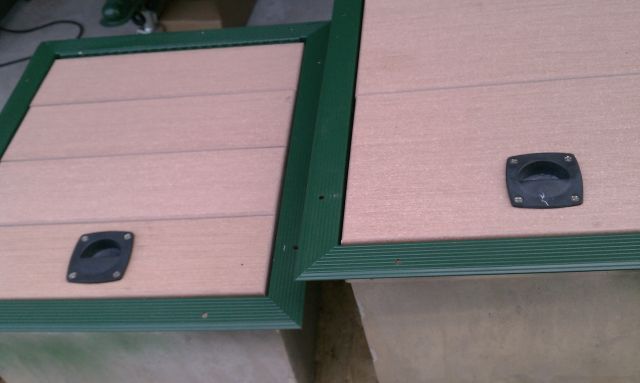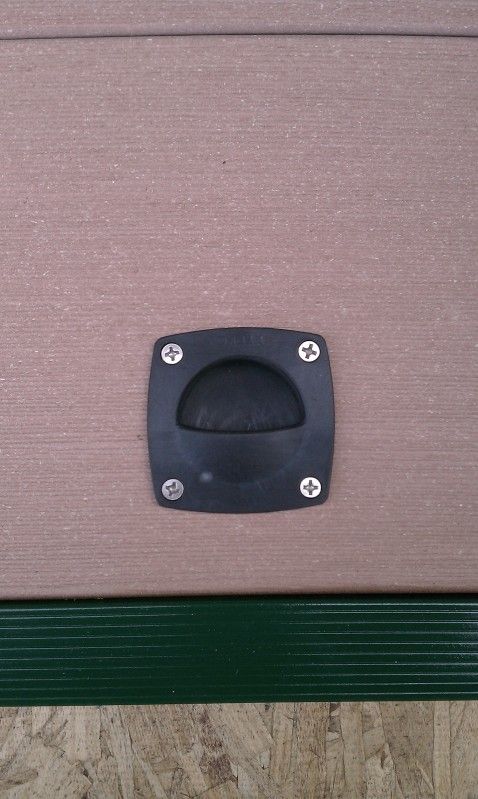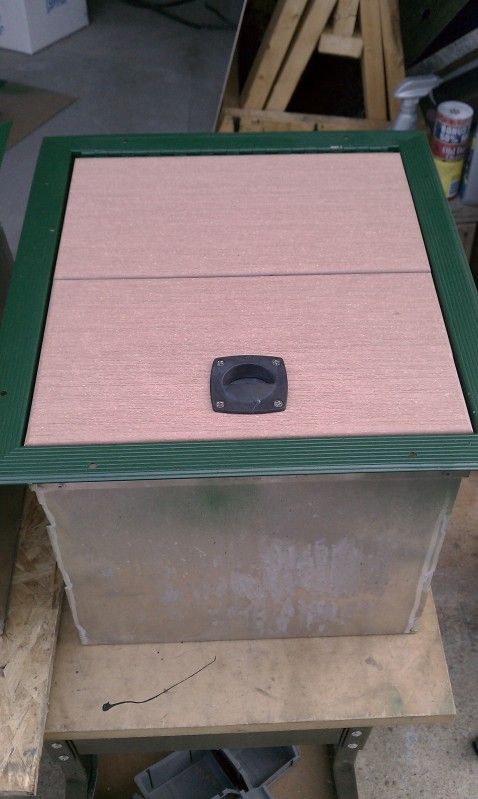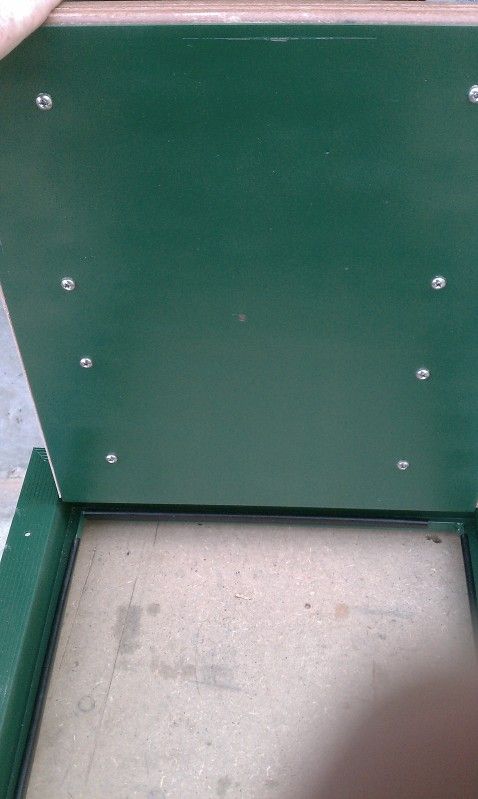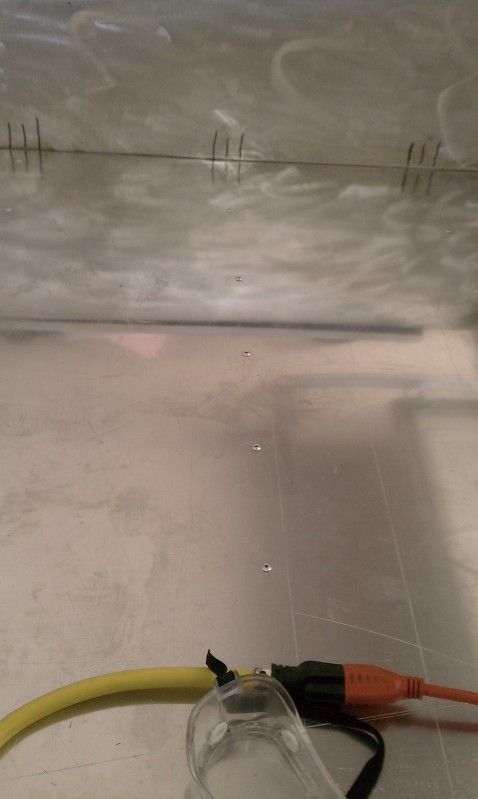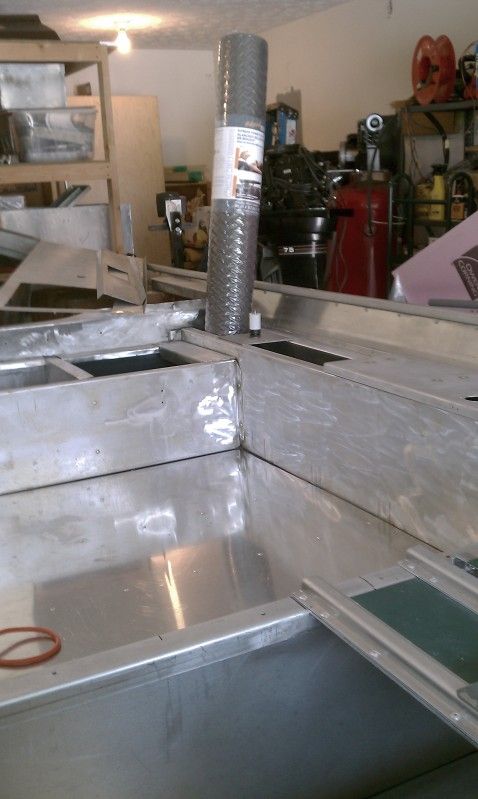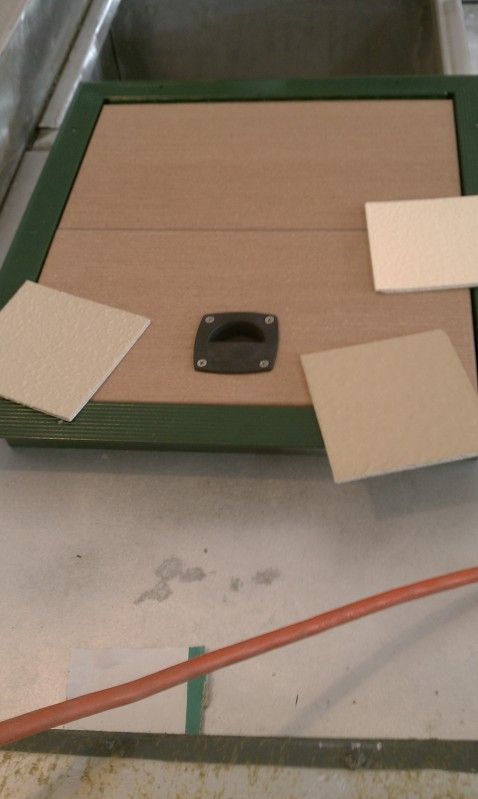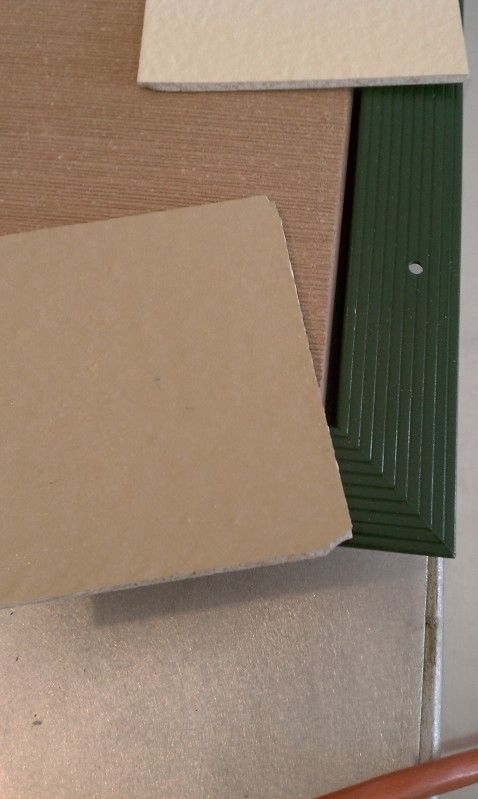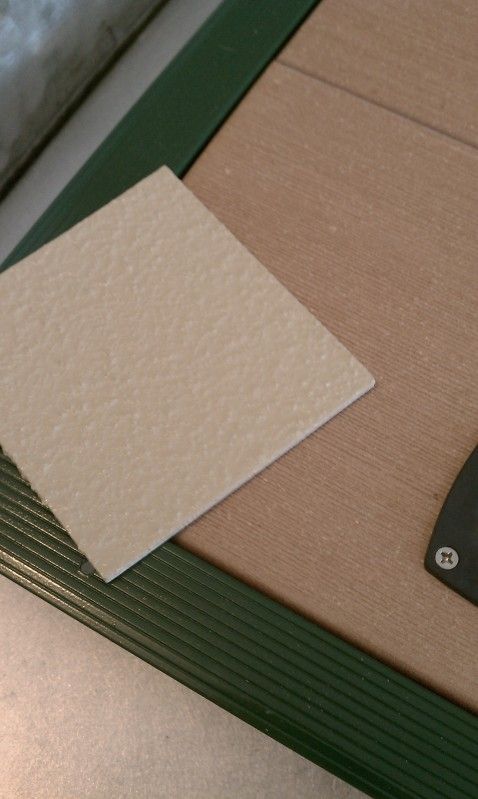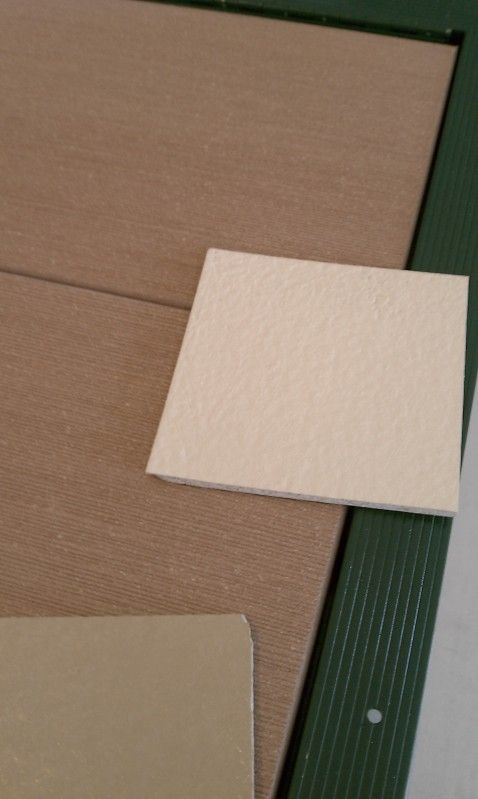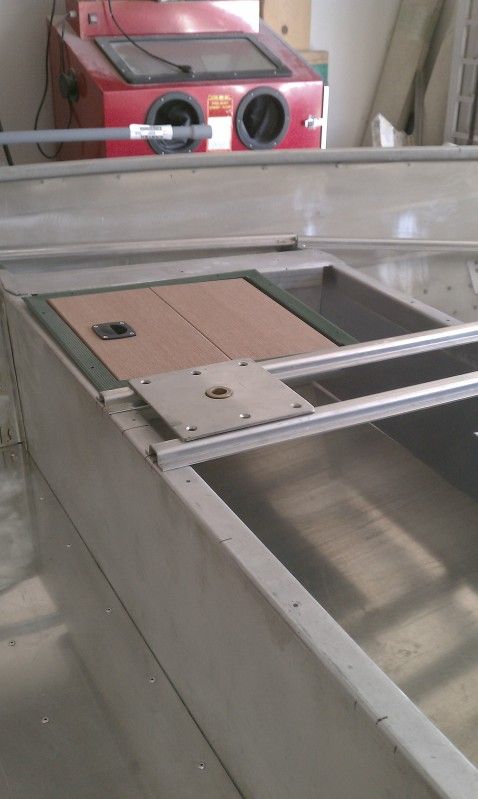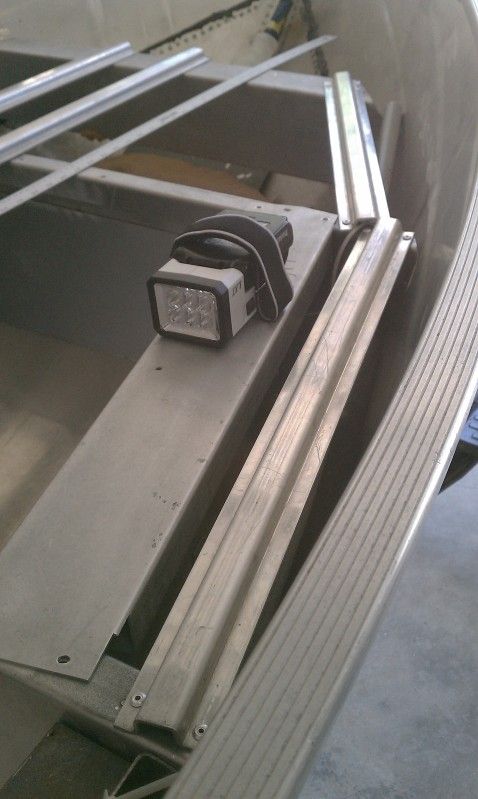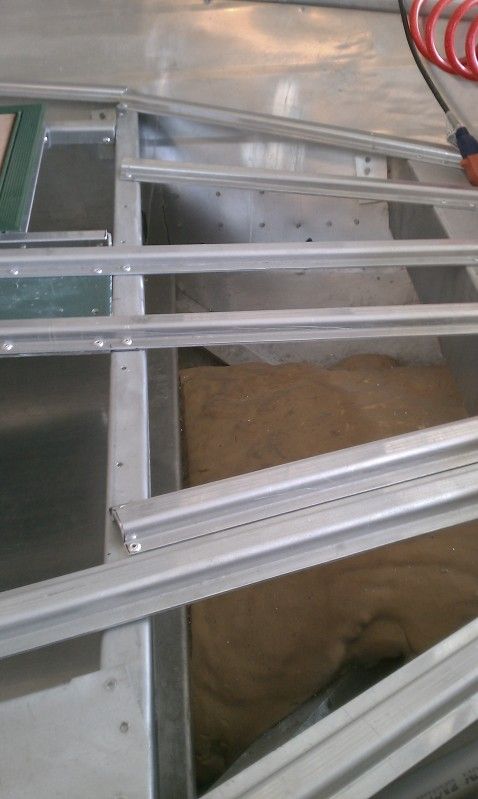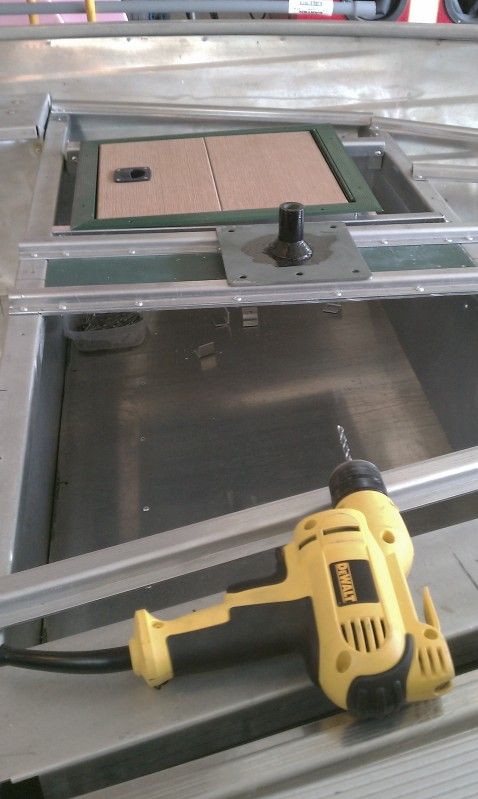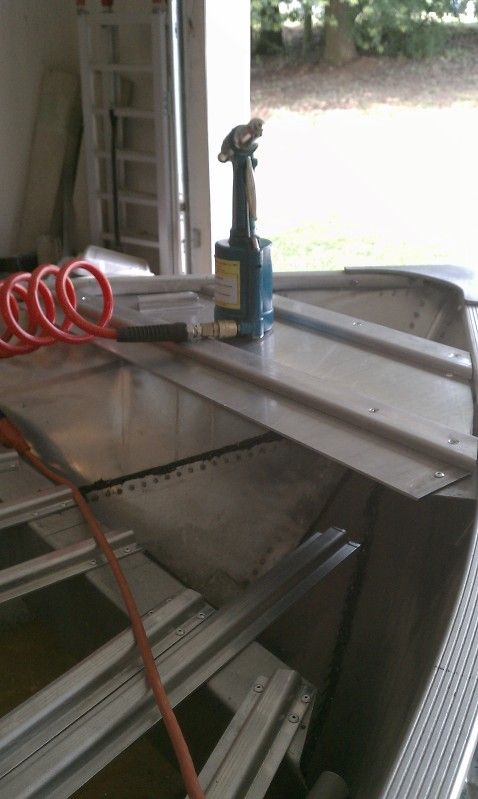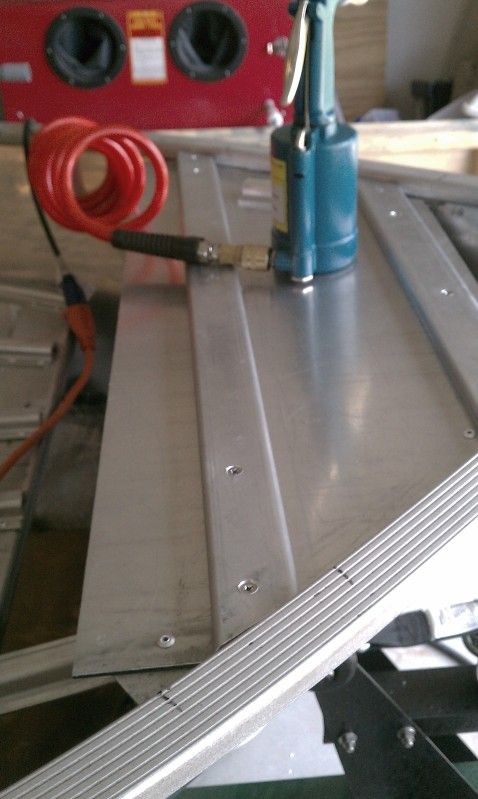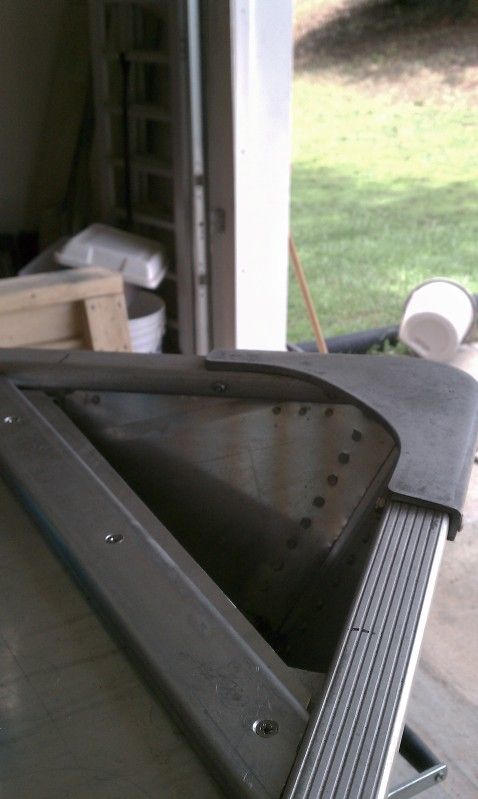DaveInGA
Well-known member
Bugpac said:How thick is the aluminum, they added the wood backing to stiffen them correct? If they were like .080 you could probably just add a spine "stiffener" to the back sides, and ditch the wood.
With the exception of one hatch cover that was entirely wood and needs replacing, the rest had aluminum stiffeners. Right now, I'm planning on getting Bassboy to make an aluminum hatch to replace the wood one.
The storage bins, on the other hand, all had carpeted wood lids and the seat supports used a double stuff of 1" plywood to strengthen them (Made it a bear to take them off the boat when I was removing and cleaning.). The storage bins had an aluminum hinge and aluminum plate backing to strengthen them. I'm probably going to use more of the plastic wood like I used on my trailer (The brown stuff) to replace the carpeted wood on the storage bins, as I feel like I'm going to need some sound deadening and I like the way these feel under the feet and the way they should look in the color scheme I have planned. That leaves the seat supports, which I'm thinking right now would be ideal candidates for aluminum bracing.
Overall, I should end up with a significantly lighter boat than before. Hopefully, this will help the 75HP motor have a bit more get up and go from the improvement of the power to weight ratio. Can't improve the power, so lightening the weight is the alternative.

































